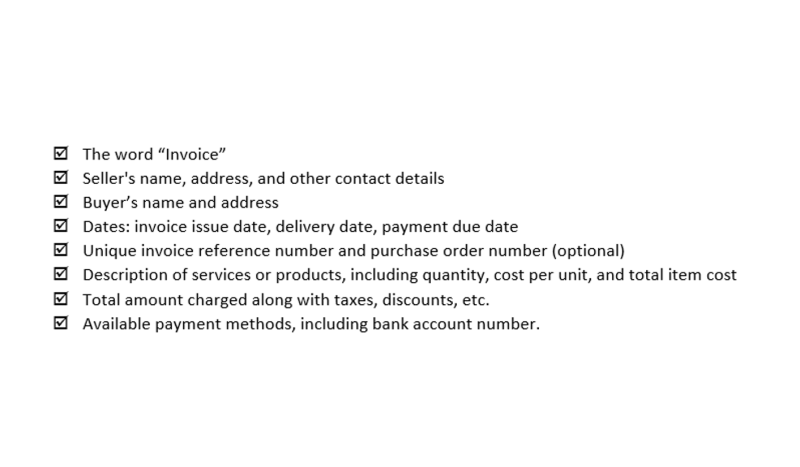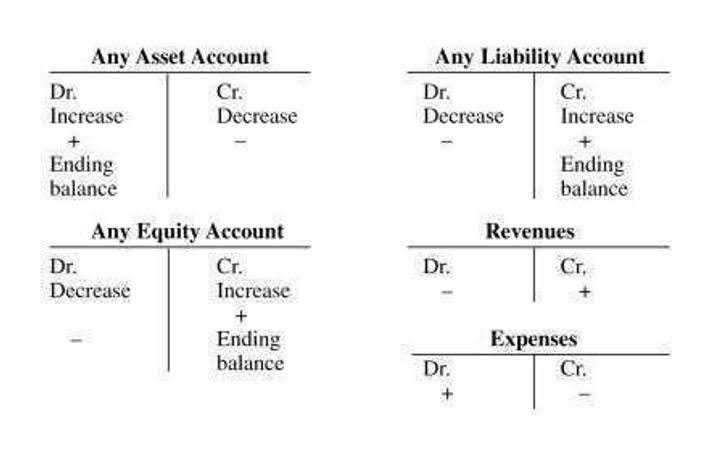Contribution Margin Ratio Formula Per Unit Example Calculation

Investors and analysts use the contribution margin to evaluate how efficient the company is at making profits. For example, analysts can calculate the margin per unit sold and use forecast estimates for the upcoming year to calculate the forecasted profit of the company. The concept of this equation relies on the difference between fixed and variable costs. Fixed costs are production costs that remain the same as production efforts increase. Variable costs, on the other hand, increase with production levels.
Nvidia’s 2nd-quarter consensus revenue estimate is $28.86 billion.

Before you sit down at the computer to calculate your profit, you’ll need some basic information, including revenue and the cost of goods sold. The sales margin is important because it measures how much of each sale is left after the cost of goods sold is deducted. This information can be used to make pricing decisions and evaluate the profitability of a business. Profit margin is important because it measures the amount of revenue that is left after all expenses are deducted. This information can be used to make decisions about how to allocate resources and assess the financial health of a business. A company with a high gross profit margin but a low net profit margin might be pricing its products too low, for example, or might be spending too much on marketing or other expenses.
Gross Revenue vs. Net Revenue: An Explainer
Gross profit is determined by subtracting the cost of goods sold from revenue. It can then use the revenue to pay other costs or satisfy debt obligations. A financial indicator called profit margin evaluates a business’s profitability by calculating the portion of revenue that remains after all costs have been paid. The contribution margin income statement separates the fixed and variables costs on the face of the income statement.

How do I calculate a 20% profit margin?

When you compare the data with other companies, then you can learn how your profit margins are when faced against other competitor companies. This will also determine whether you have to keep the margin the same or change it to match competitors. To find the gross margin, subtract the cost of goods sold from total revenue and divide this figure by total revenue. If you want to calculate your profit, gross, and net profit margins manually, let’s take a look at the formulas.

Let’s say that your business took $400,000 in sales revenue last year, plus $40,000 from an investment. Of course, ultimately, the goal is to make as much profit as possible. So, if you can find ways to increase your margin while still providing a great product or service to your https://www.bookstime.com/articles/how-to-calculate-sales-margins customers, you’ll be in good shape. First, the margin is typically easier to calculate since you need to know your selling price and COGS. Markup, on the other hand, requires you to know both your selling price and your competitor’s prices, which can be challenging to track.
Accounting 101: Accounting Basics for Beginners to Learn
It’s helpful to compare the profit margins over multiple periods and with companies within the same industry. Profitability metrics are important for business owners because they highlight points of weakness in the operational model and enable year-to-year performance comparison. For investors, a company’s profitability has important implications for its future growth and investment potential.
Strategies such as flexible pricing, cost control, and diversifying the product range can help in adapting to these changes. To get your margin dollar amount, simply multiply that figure by your total sales revenue. In short, gross and net profit margins are both necessary measures of profitability, but they tell different stories about a company’s business. A comprehensive analysis of a company’s financial statements will take both of these measures into account.
- Sales volumes remain dependent on market dynamics such as overall demand, the percentage of market share commanded by the business, and competitors’ current and future position moves.
- To calculate your operating profit margin, take your operating income and divide it by your sales revenue.
- To calculate the gross profit margin of a specific product, use the revenue earned from sales of the product, and the costs related to the production of the product.
- Your business must make money to stay afloat and monitoring your profit margins helps you understand your business’s financial health and capacity for growth.
- Any additional funds can be used for other expenses such as dividend payments or marketing collateral.
- Knowing your industry is key to determining if you’re hitting the right profit margin.













